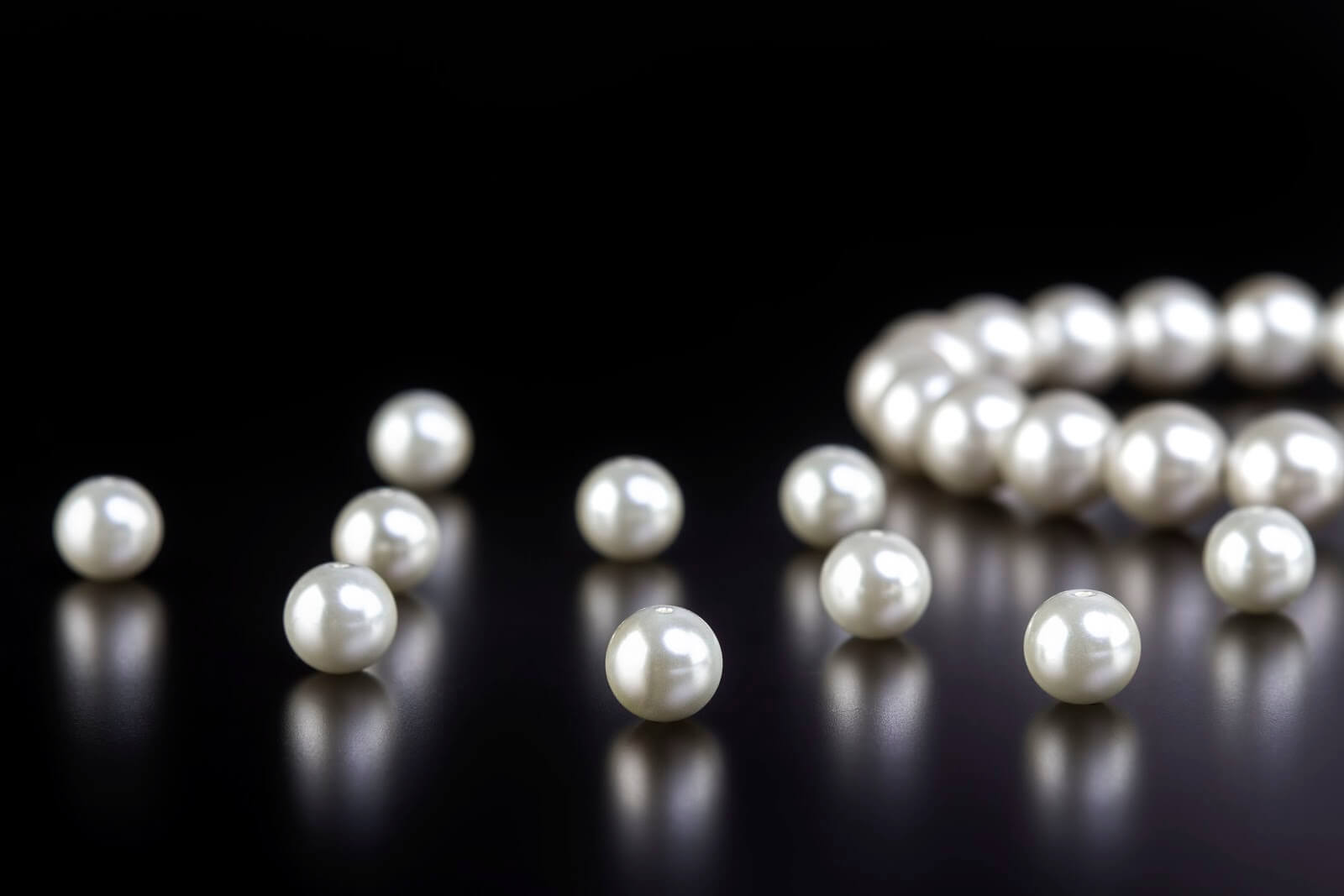What Type Of Jewellery Do British Women Love to Have?
Pieces of jewellery can easily elevate any outfit and change its style. Having classic, and trend pieces, allow you to have an interchangeable and never-ending sense of style. Our jewellery has been staples for many decades, as we take inspiration from years gone by.
Jewellery Staples from 1920s-1950s
Throughout these four decades, costume jewellery soared into popularity. As fashion silhouettes were differing and changing, with waistlines getting lower and hemlines getting higher the style of jewellery that was worn to complement this became somewhat more daring. In particular, the surge of costume jewellery throughout these years was apparent.
In the roaring twenties, we saw the introduction of the pearl necklace in its longest form. The popular style of necklace during these years was long and delicate to complement the style of that time. The ladies of this time appreciated shining gemstones, which is why items such as pearls and diamantes were favoured.
The preference towards these items was carried into the 1930s as pieces became multi-functional. A staple over these two decades was the brooch, which was often used as a clip and to wear on belts. We saw the introduction of the solid, plated bangle in this decade as well, which has now become a classic item to have in a jewellery collection.
During the 1940s, jewellery became even more feminine to balance a more masculine silhouette that was becoming a more and more popular style. This meant incorporating a more feminine finish, with the use of yellow and rose gold becoming increasingly favoured. We also saw the introduction of statement rings, in particular, layered with multiple colours and finishes. As well as this, jewellery was becoming a lot higher in quality, to reach the demands and needs of the wealthy. 
Finally, the 1950s saw a stripped back version of all the popular items over the last three decades. Simplicity was the name of the game, with the must-have item to complete any outfit being a simple strand of pearls. Saying this, there was the emergence of the colour ‘shocking pink’, as single bright colours became popular. The 50s also started to make necklaces that were tighter to the neck more popular.
1960s and 1970s
The 60s and 70s saw the continuation of some of the previous jewellery trends such as the colourful long beaded necklaces from the 20s and as well as the much loved pearls. The costume jewellery of the previous decades was much the same, apart from the fact that it included notable bolder and more impressive colours. The feminine jewellery of the 1950s was out, and items more glitzy and fun were in. The introduction of plastic within the jewellery industry made a lot more intricate designs possible to make and jewellery as a whole a lot more affordable.
The 1970s saw the start of the disco era. The gold trend was continued further with chain belts and necklaces, but still, the appearance of those 1920s style long beaded necklaces did not look out of place fifty years later. We saw the introduction of circles and ovals within items of jewellery, such as earrings and necklaces. We also continued the trend from the 50s of tighter necklaces, more commonly known as chokers.
1980s and 1990s
The 80s were about being big and bold, and nothing in between. Although faux, you would often see the reappearance of pearl necklaces as well as brooches, in the classic 40s finish of yellow gold. We also revisited the idea of multi-use items from the 30s, when we saw, for example, the late Princess Diana wearing an emerald choker necklace as a headband. We also saw the reemergence of bangles, especially in gold.
The 90s brought a somewhat different feel from the 80s. We saw a slightly more simplistic look, similar to the 40s and 50s, but with the emergence of silver finishes.
The Modern Day Jewellery Essentials
We can see that many of the jewellery trends from over the years have stayed with us, either ever so slightly modified or just as they are and have become much loved items by British women. Essential items to have in a British Jewellery Collection would be a pearl necklace to start. The simplicity of the pearl allows it to elevate an outfit, whilst still making it look effortless. Pearls are timeless and will never go out of style. Although they can be on the pricier side, they are worth every penny of investment. Another item that is essential for a timeless British look is a simple bangle, either in a gold or rose gold finish. It’s a great addition to a casual outfit, or to help elevate a dressier outfit without sleeves.
A more affordable style that is an essential part of a British Jewellery collection, but perhaps a more modern one, would be the plastic, chunky jewellery, which has made a comeback in the more recent years.
Something to take away from popular items in the previous decades is the continuation of simplicity. A lot of the changing styles tended to be big and bold but made from plastic and other cheaper materials. The more expensive items were available, however, such as simple gold or silver stud or hoop earrings.
Overall, jewellery that British women love tends to be these more simplistic and timeless styles, such as the pearl necklace and plated bangles. Much like big and bold was the name of the game in the 80s, it’s effortlessness for the modern day British woman.
Cuttings The Jewellers
If you’re looking for any of the items that have been spoken about, or you’re looking to create a timeless jewellery collection, you can pop into our Margate or Ramsgate stores and ask for some friendly advice. With over 50 years of experience in the industry, we are able to give you the best options available. For more information, get in touch today.




